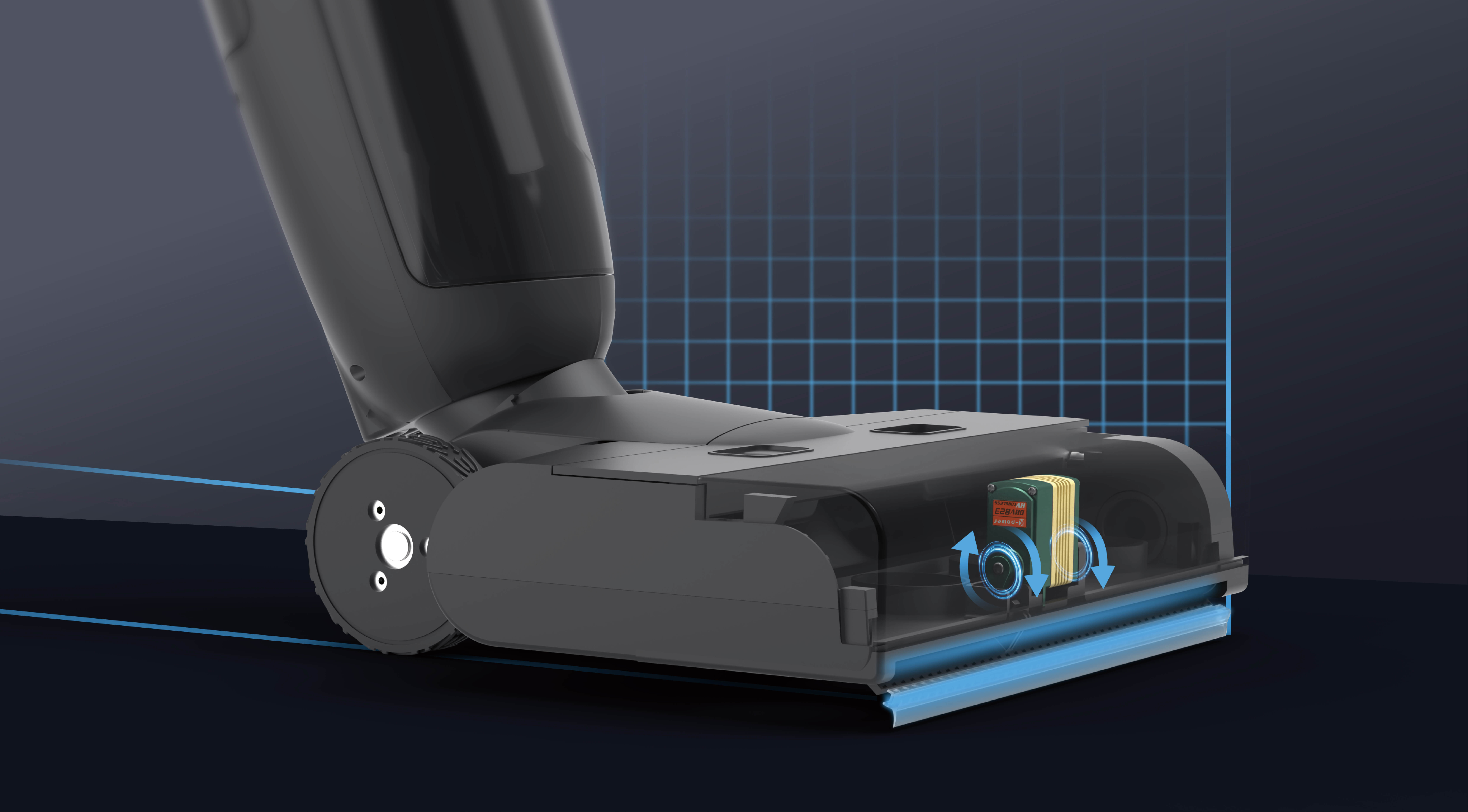part 1: Unveiling the Mystery: Are servo motors AC or DC?
When it comes to automation, robotics, and precise control systems, servo motors often stand at the center of attention. These compact yet powerful motors are renowned for their ability to deliver accurate positioning, velocity, and torque control. But a common question that often arises among engineers, students, and hobbyists alike is: Are servo motors AC or DC?

To answer that, it’s vital first to understand what a servo motor is fundamentally. Unlike regular motors that chiefly convert electrical energy into rotational motion, servo motors are designed to provide high precision control over their movements. They are typically integrated into a closed-loop control system where the position or speed of the motor’s shaft is continuously monitored and adjusted, resulting in extraordinary control capabilities.
The basic classification: AC and DC motors
In the broader world of electric motors, the distinction between AC and DC motors is well established. AC motors are powered by alternating current—electrical supply that periodically reverses direction—while DC motors run on direct current, which flows steadily in one direction. These fundamental differences influence their design, operation, maintenance, and how they are employed across industry.
Some might think all servo motors are either exclusively AC or DC, but the reality is more nuanced. The classification of a servo motor isn't solely based on the electrical supply type but also hinges on its internal design and the control methods employed.
Types of servo motors based on power supply
AC Servo Motors: These are servo motors designed to operate directly from alternating current sources. They are typically built with synchronous or induction motor architecture, leveraging the properties of AC to provide desirable performance in specific applications.
DC Servo Motors: These are powered from direct current sources, predominantly equipped with brush arrangements or brushless designs that facilitate precise control, especially where electronics or variable power supplies are involved.
So, do all servo motors fall neatly into one of these categories?
The short answer is no. There are servo motors that are purely AC, others that are purely DC, and some that combine features of both. This diversity is driven by application needs, control precision, size constraints, and power availability.
Why the distinction matters
Understanding whether a servo motor is AC or DC isn't just about technical classification—it's critical for choosing the right motor for a specific task. For example, robotic arms requiring rapid, precise positioning might benefit from a specific type of servo, while industrial conveyor systems might prefer another.
Delving into the internal mechanisms
AC servo motors: Usually operate using a rotary encoder or resolver that continuously measures shaft position, feeding data back into a control system that adjusts the motor’s excitation accordingly.
DC servo motors: Often rely on brushes and commutators to switch current directions within the motor, which makes them simpler in design but potentially requiring more maintenance.
The evolution of servo motors
Historically, DC servo motors, especially brushed variants, dominated industries needing fine control due to their straightforward design and ease of control via varying voltage and current. But advancements in power electronics, especially the development of power transistors and inverter circuits, have significantly expanded the role of AC servo motors.
In modern automation, enhancements like brushless DC motors (BLDC) and synchronous AC motors blur the lines, combining benefits from both worlds. These innovative designs emphasize efficiency, durability, and control accuracy.
Part 1 conclusion
In summary, the question of whether a servo motor is AC or DC isn't answered with a simple yes or no. Instead, it's rooted in understanding the specific type of servo motor, how it’s powered, and the control methods it employs. While traditional DC servo motors have long served industry with excellent control properties, AC servo motors are increasingly popular due to their robustness and efficiency.
In the next part, we will explore the applications of both types, delve deeper into their advantages and disadvantages, and help you determine which servo motor type might be best suited for your needs.
Kpower has delivered professional drive system solutions to over 500 enterprise clients globally with products covering various fields such as Smart Home Systems, Automatic Electronics, Robotics, Precision Agriculture, Drones, and Industrial Automation.




































